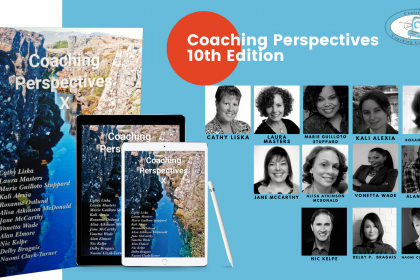Most people get by with listening with just their ears. What does this mean? This means that the words being spoken by the one person are entering into the ears of another person as sounds. Our brains translate those sounds into words and we cognitively categorize those words into information. This probably provides an explanation as to why unnecessary arguments turn into bitter fights, why people’s feelings are unintentionally hurt from a variety of misunderstandings, or why deals are broken and marriages end. For if humans were simple creatures, made of just data and information to be stored into other people’s databases, then this “all ears” type of listening could work just fine! Because we are complex creatures with lots of grey areas in all aspects of our beings, it is impossible to actually listen properly without using our full awareness and all five senses.
So what does it look like when we listen with all our senses — when we intentionally listen? Since our last class in the coaching certification program, I have been practicing this with my teenage son who has ADHD. At home we set aside a time each evening to go over his tasks for school and discuss the other systems that help with his ADHD. I was excited to put some of my new listening skills from class to practice this week. One of the things I did when intentionally listening is that I was consciously slowing down my brain when my son was talking, giving him time to speak, even when I had the urge to interject or make a comment. I was surprised (and a little embarrassed) at how much more I seemed to have taken in from just letting him speak without interruption.
Intentional listening seems so elementary and easy. It is harder than it seems and the difference is scary, amazing, and exciting.





